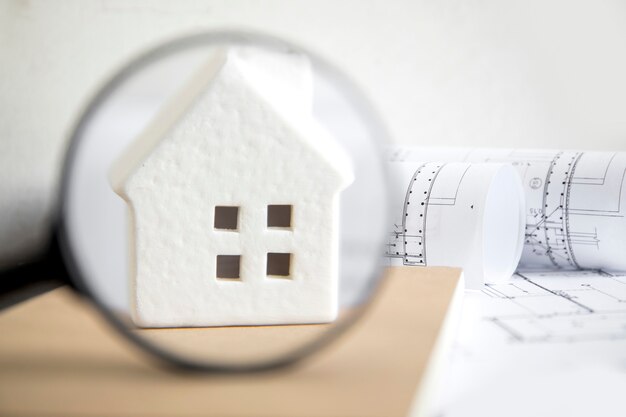
With housing costs still among the highest in the world, more New Zealanders are rethinking what “home” really means. The rise of tiny homes has sparked a nationwide movement toward simpler, smarter, and more sustainable living. Companies like Portable Dwellings are leading the way, designing modern, movable homes that combine comfort, affordability, and freedom — no massive mortgage required.
Cost Comparison – Tiny Homes vs Traditional Homes
A standard Kiwi home build still costs around $3,500–$4,000 per m², not including land, council fees, or months of delays. In contrast, a quality tiny home from Portable Dwellings averages between $900–$1,100 per m², offering a complete, ready-to-live solution.
| Model | Size | Price (incl GST) | Avg Cost per m² |
|---|---|---|---|
| The Cabin | 13 m² | $23,500 | $1,800 /m² |
| Premium 20 ft | 27 m² | $40,500 | $1,500 /m² |
| 30 ft 2-Bedroom | 54 m² | $49,999 | $925 /m² |
| Expandable 40 ft | 72 m² | from $59,000 – $62,000 | $850 /m² |
Even with upgrades like solar panels, full kitchens, and deck extensions, your total cost remains a fraction of what you’d spend on a traditional home — leaving more for travel, investments, or lifestyle freedom.
Build Time – Move In Within Weeks
While traditional homes often take 8–12 months to complete, a factory-built tiny home can be designed, constructed, and delivered within 6–8 weeks. You skip the endless weather delays and contractor issues — simply pick your layout, watch it being built, and move in ready.
Energy Efficiency and Sustainability
Tiny homes consume far less power and are built with modern insulation and eco-friendly materials. Many Kiwis now add solar packages and rainwater systems, achieving off-grid independence without compromising comfort.
For example, a CellX 5kW solar + 10kWh battery system can power a home entirely, saving around $2,000–$3,000 annually on energy bills. It’s not just sustainable — it’s financially smart.
Custom Design & Flexibility
Tiny homes today are far from basic cabins. At Portable Dwellings, each unit can be tailored to your needs — from single-bedroom studios to family-sized two-bed designs with decks and gable roofs. Choose your layout, finishes, and mobility options.
Whether it’s a full-time residence, holiday retreat, or Airbnb rental, your home can sit on foundations or remain transportable, giving you flexibility for future moves or land changes.
Lifestyle Benefits – Freedom Over Footprint
Tiny living isn’t just about smaller spaces — it’s about bigger freedom. Less cleaning, less debt, and more time for what matters. Owners often describe a feeling of “lightness” — financial and emotional — after downsizing.
Many use their portable dwellings as holiday homes, income rentals, or first homes to escape NZ’s growing mortgage pressure. With the same modern features — full kitchens, stylish bathrooms, and insulation that rivals new builds — comfort is never sacrificed.
Financial Independence
A $70,000 portable home can replace a $600,000 mortgage. Many clients purchase outright or with small personal loans, gaining ownership in months instead of decades. Some even invest in multiple units to create passive Airbnb income, a growing trend across NZ’s tourism hotspots.
Real Story – From Mortgage to Minimalism
Sophie and Dan from Whangārei sold their suburban home and moved into a Portable Dwellings 30 ft Premium Tiny Home.
“We’ve halved our living costs and doubled our free time. We work remotely, grow our own veggies, and have zero debt. It’s the best lifestyle choice we’ve ever made.”
Ready to Downsize and Upgrade Your Life?
Whether you’re planning to live off-grid, reduce expenses, or create a flexible rental income, Portable Dwellings can help you design the perfect home.
👉 Get a Free Quote or explore our full Tiny Homes NZ Range today to start your journey toward affordable, sustainable living.
🧭 FAQ
Q1. Are tiny homes really cheaper than traditional houses?
Yes. Tiny homes cost around 60–70% less per m² than conventional builds.
Q2. How long does it take to build a tiny home?
Factory construction takes 6–8 weeks, compared to up to a year for traditional homes.
Q3. Can I live in a tiny home full-time?
Absolutely. All models meet NZ electrical, plumbing, and insulation standards for year-round comfort.
Q4. Are tiny homes environmentally friendly?
Yes. Built with insulated steel frames and energy-efficient materials, they reduce energy use by up to 60%.

Abdul Qadeer is highly experienced in creating engaging content that adds real value to a blog, website, or brand. He is creating content for multiple niches like technology, SEO, Marketing, Health, Education and Career Development, etc.